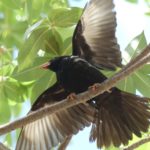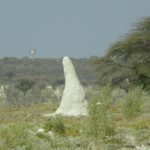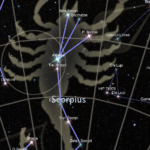Determining cardinal points by trees in Southern African savannas (Southern Hemisphere) is a standard procedure. It is helpful in case one is lost, and the sun cannot be seen. At least one can determine where the cardinal points are. Cardinal points are the main directions on a compass. In case no trees are found but only termite hills, another article on this website explains how to determine the cardinal points with these.
Possibilities of finding cardinal points by trees
There are five possibilities for finding direction by trees in Southern African savanna areas:
- Trees are more foliated on the northern side and less on the southern side.
- On flat ground, when trees stand singly and apart from others (typical for savannas), most trees lean slightly towards the north. These first two possibilities are because the northern side has a higher exposure to the sun. More photosynthesis means more nutrients are produced in the leaves on the north side.
- If some branches die off on an otherwise perfectly healthy tree, they usually will be on the southern side. Due to climatic changes, it is getting warmer in Southern Africa, and tree branches want to save water. Shed leaves are less active in photosynthesis and are on the southern side.
- Growth rings on trees are usually more expansive on the northern side. However, this is only a theoretical possibility for determining cardinal points. When lost in the bush, we will not cut down trees, but we will look at a neatly smooth growth ring picture to find the direction north.
- Moss and lichens usually occur on the southern side of trees, as there is less sun on this side. However, this method is very unreliable, as the growth of moss and lichens depends mainly on the shadow. Due to heavier foliated branches on the northern side, many shaded areas will also be towards the North. Therefore, this possibility is unreliable and not recommended for use.
Examples of trees pointing in one direction
By closely and carefully observing single-standing trees, we can determine the direction these trees are pointing. Some examples taken at Kruger National Park are as follows:
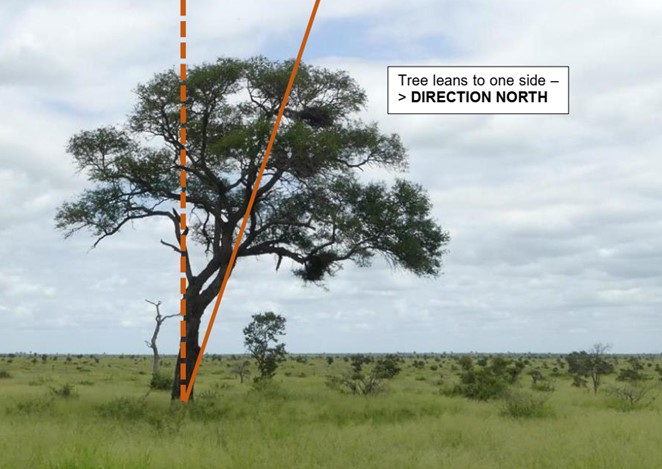
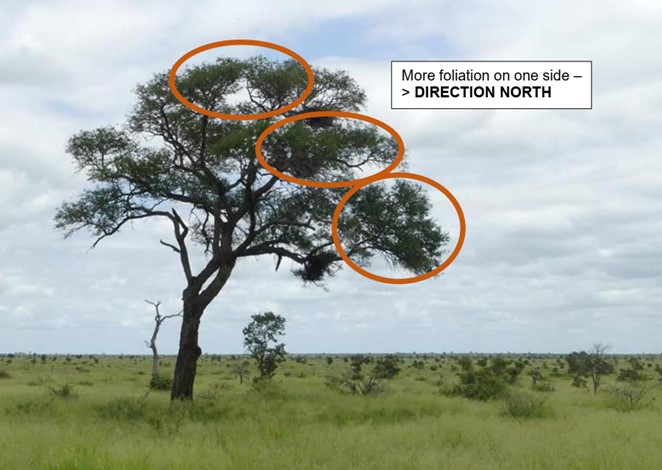
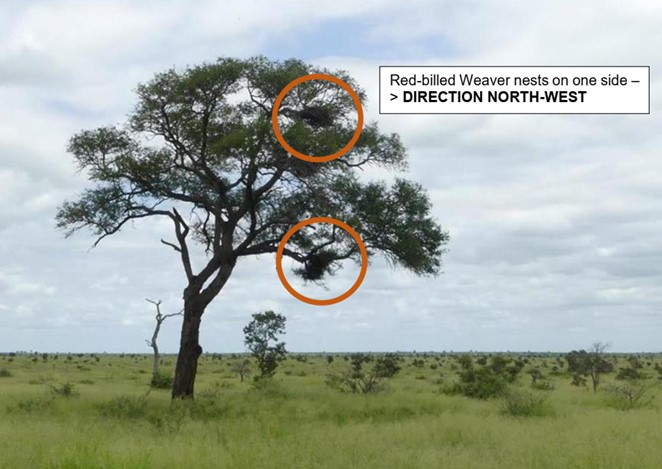
This tree leans towards the North and is more foliated on that side. It also sheds branches on the opposite, the southern side. The direction indication of this tree is further confirmed by Red-billed Buffalo weaver nests, which are always located on the northwestern side of a tree. See also this article here.
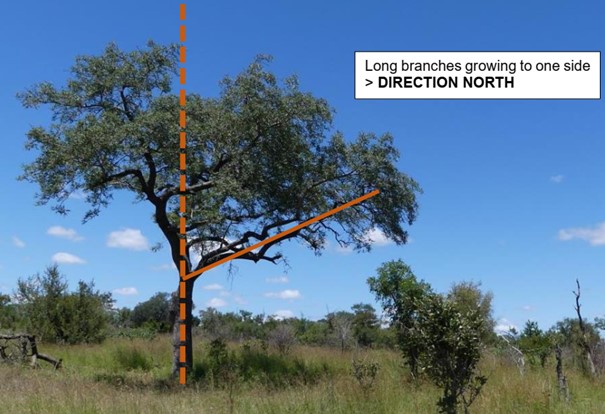


Although the trunk does not lean towards the North, this tree clearly shows the direction North by the higher number of long branches and densely foliated areas on the right-hand side. The shade on the bottom of the tree confirms this direction. The sun is standing high on the right-hand side of the trunk. Therefore, the direction of the North has to be on the right (due to its location in the Southern Hemisphere).
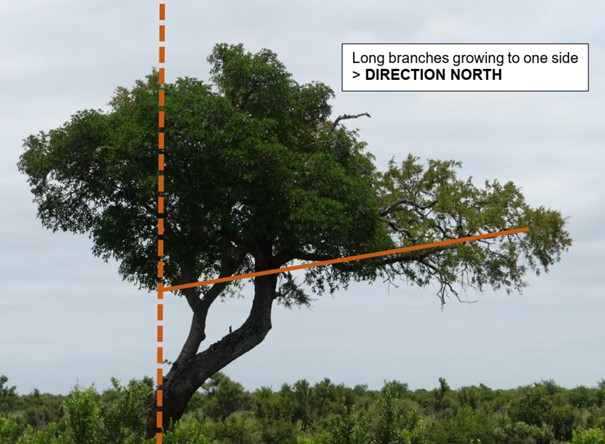


This tree is an extreme example of what we postulated above. It leans very much to the North and shoots new branches (light-green leaves) towards the right-hand side North. It reduces the number of leaves in the opposite area, which is South.
The following pictures the reader can use to practice the general directions in which these trees are growing.
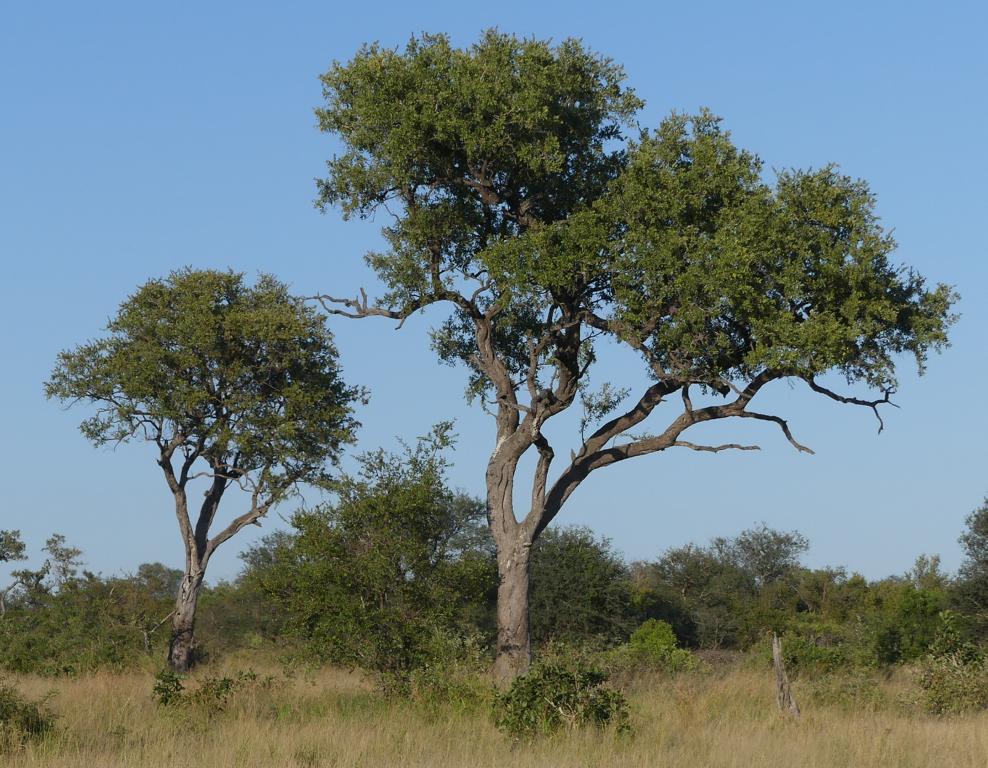
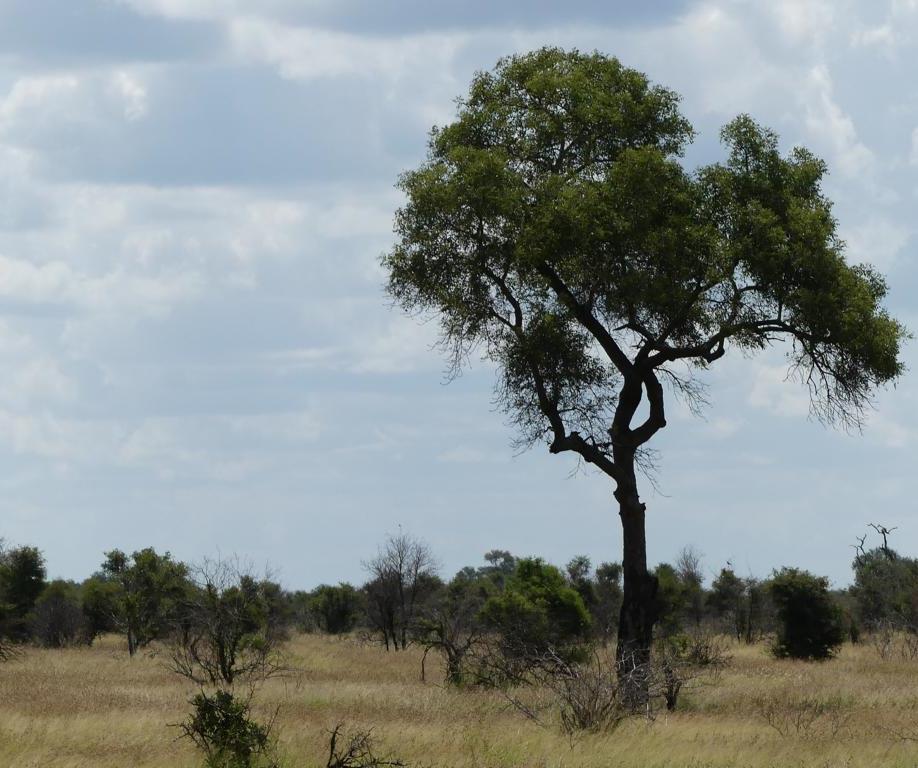
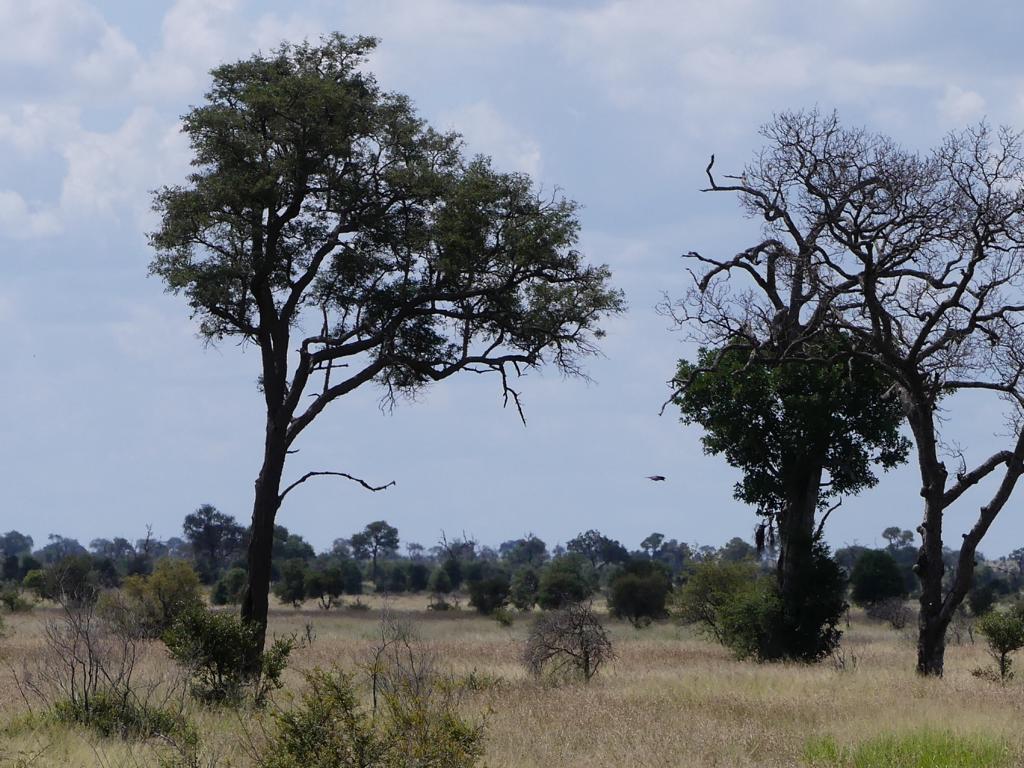
Lessons learned from finding direction with the help of trees in Southern African savanna areas:
- Trees are more foliated on the northern side.
- Most of them lean towards the direction north on flat ground and single-standing trees.
- The southern side has fewer leaves and dead branches, as the tree wants to save water.
- Moss and lichen are unreliable indicators of the direction of the South.
.


